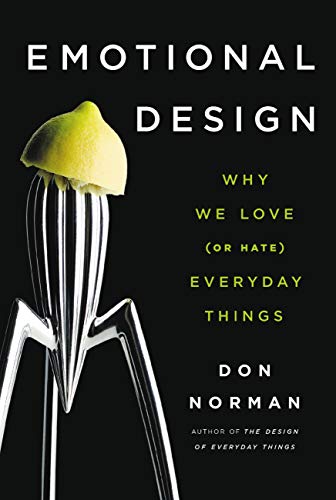It is only after enhancements are made that everyone believes them to be obvious and necessary
How does one discover “unarticulated needs”? Certainly not by asking, not by focus groups, not by surveys or questionnaires. Who would have thought to mention the need for cup holders in a car, or on a stepladder, or on a cleaning machine? After all, coffee drinking doesn’t seem to be a requirement for cleaning any more than for driving in an automobile. It is only after such enhancements are made that everyone believes them to be obvious and necessary.
Because most people are unaware of their true needs, discovering them requires careful observations in their natural environment.
The trained observer can often spot difficulties and solutions that even the person experiencing them does not consciously recognize. But once an issue has been pointed out, it is easy to tell when you have hit the target. The response of the people who actually use the product is apt to be something like, “Oh, yeah, you’re right, that’s a real pain. Can you solve that? That would be wonderful.”






